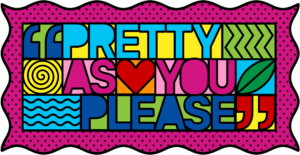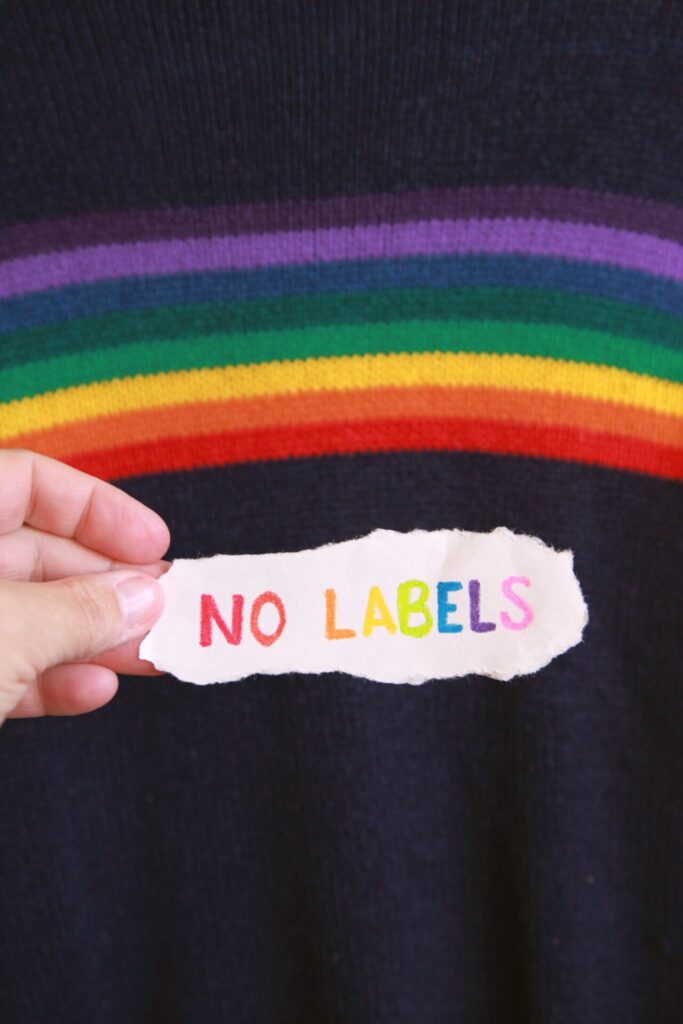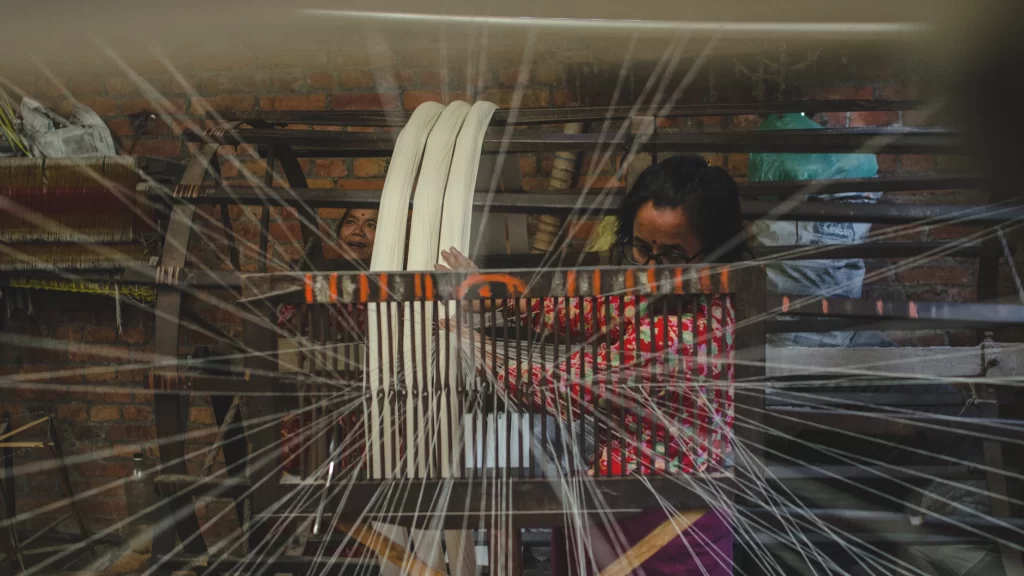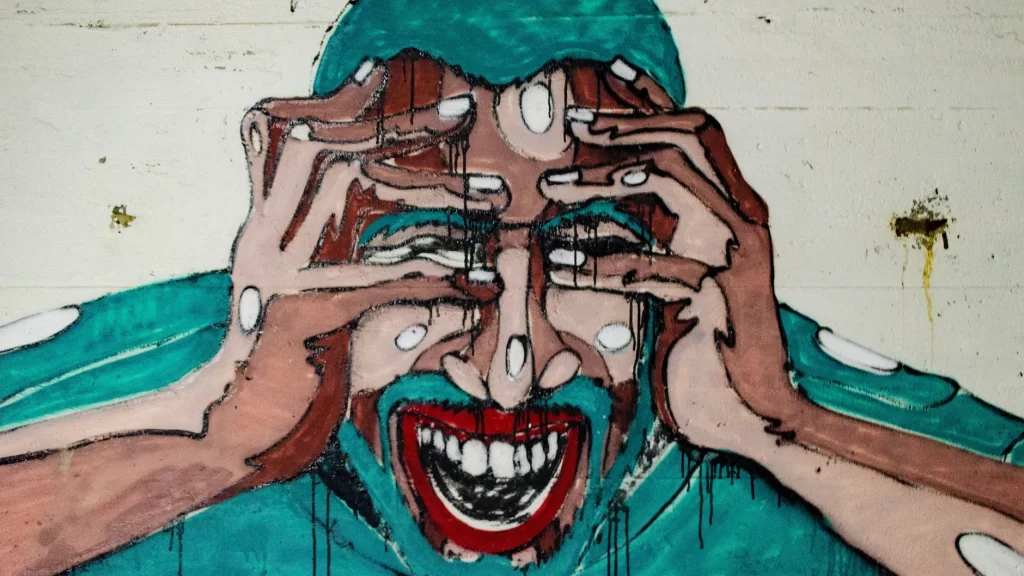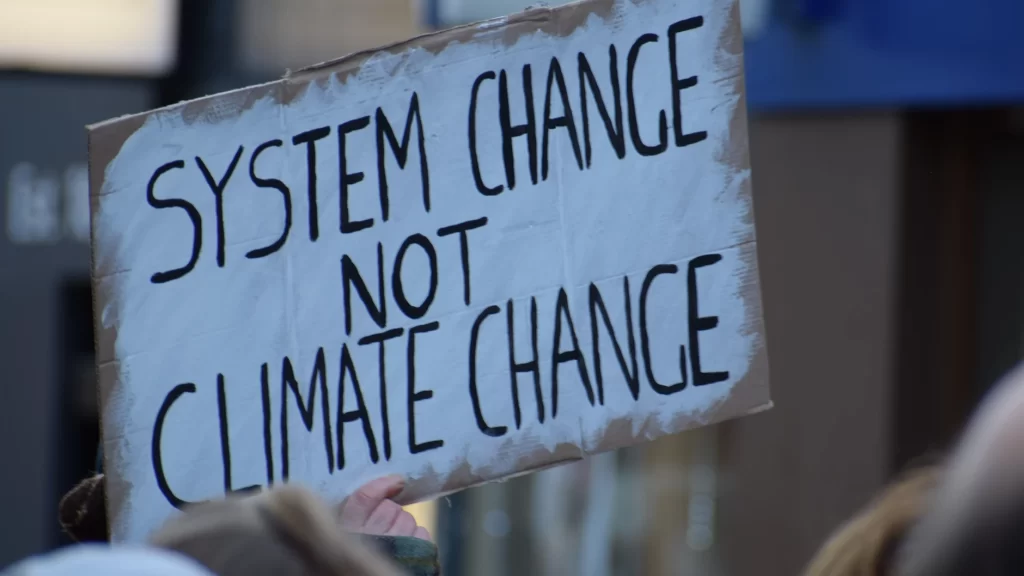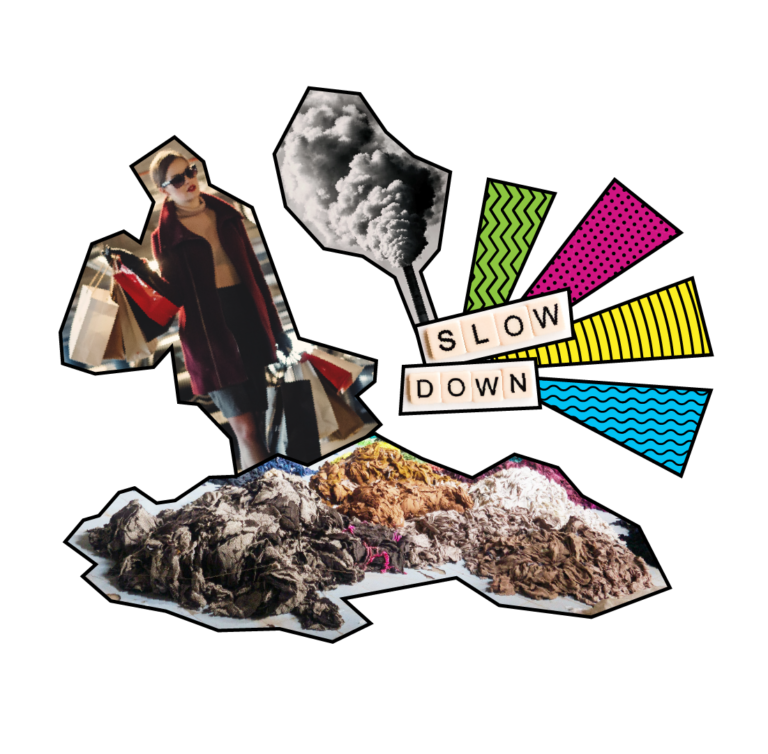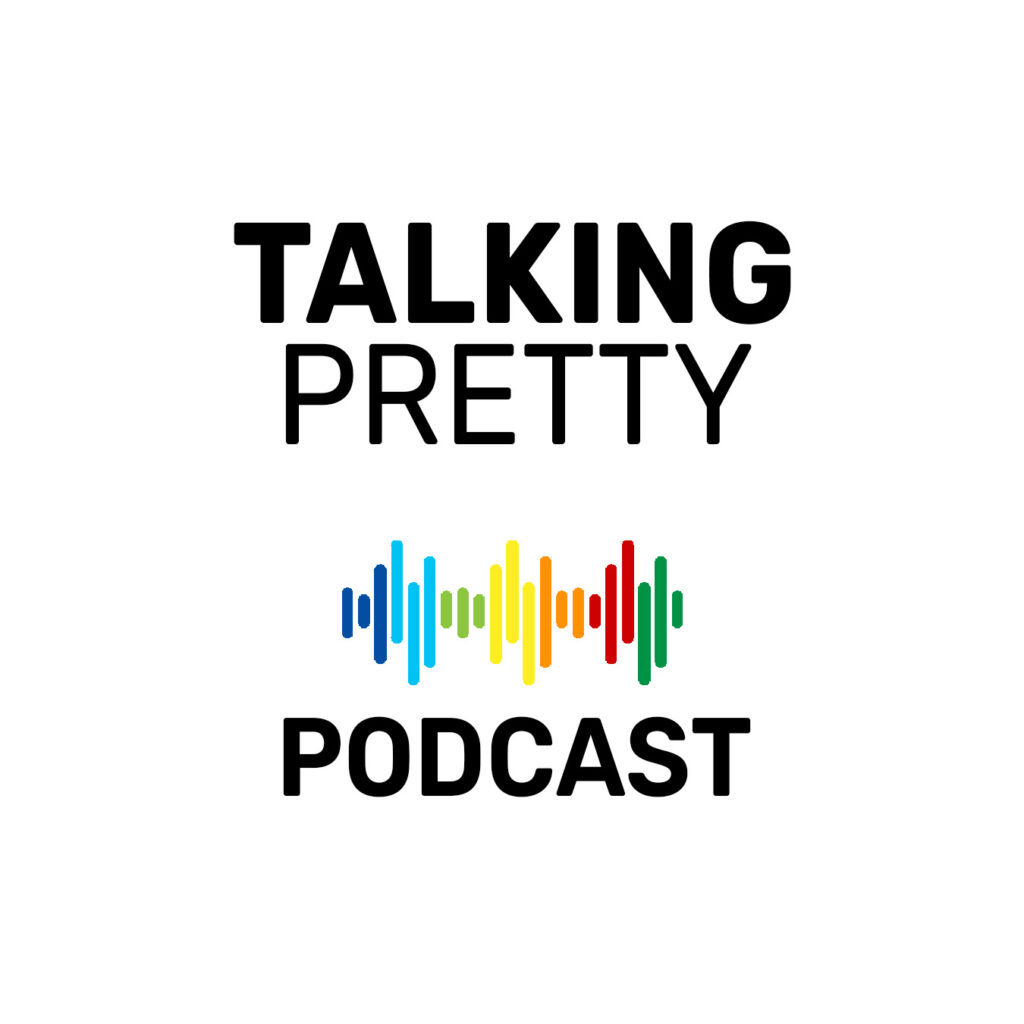Two days ago, I was at the salon, waiting for a haircut, when I came across a classic case of pinkwashing: Two different packagings for what looked like the same product. One original, and the other, of course, pride-inspired. Curious, I picked up the two packages and flipped them around to see the difference. There was none, except for a ‘Limited Edition’ sign on the latter. Same ingredients, same price. No collaborations with any queer artists or collectives either. No proceeds from sales going to any organisation or cause. Just a prettier bottle that looked tempting enough to buy even if you were never going to use it.
It’s that time of year again. Store aisles, IG feeds, front pages of newspapers… all awash with rainbows and other symbols synonymous with the LGBTQ+ community. Because it’s Pride Month, and who doesn’t want to be seen as an ally! But here’s why this is a problem.

It’s pinkwashing
Pinkwashing or rainbow-washing is a marketing gimmick that brands use to profit off pride, without benefitting the queer community in any way. Moreover, it distracts from other problematic practices the brands may be indulging in. By claiming to be allies, brands position themselves as inclusive and diverse and, therefore, above reproach. When, in fact, most of them have terrible track record when it comes to human rights and environmental violations.
‘Pinkwashing or rainbow-washing is wrong on so many levels, but it’s the superficiality of slapping on a rainbow or a pride flag on the garments, or vocalising queer issues, every June, to increase visibility and sales that really gets me,’ says Gurnoor Kaur Behl, co-founder of Delhi Queer Spaces. ‘It is unethical and simply a way to make a quick buck!’
It’s limited to just one month
Come July, and chances are most of these rainbows will run off the shelves. Experst call this rainbow capitalism. ‘The fact that this happens year on year has led to a fear in the queer community that anyone who wants to do anything to celebrate pride month has dubious intentions,’ says Behl. The fear and doubt ends up hurting the LGBTQ+ community as well as true allies, and undermining any real effort made by any brand. ‘Whenever I am asked to do something during pride month, I always ask the brand about their long-term goals with respect to the community,’ she adds.
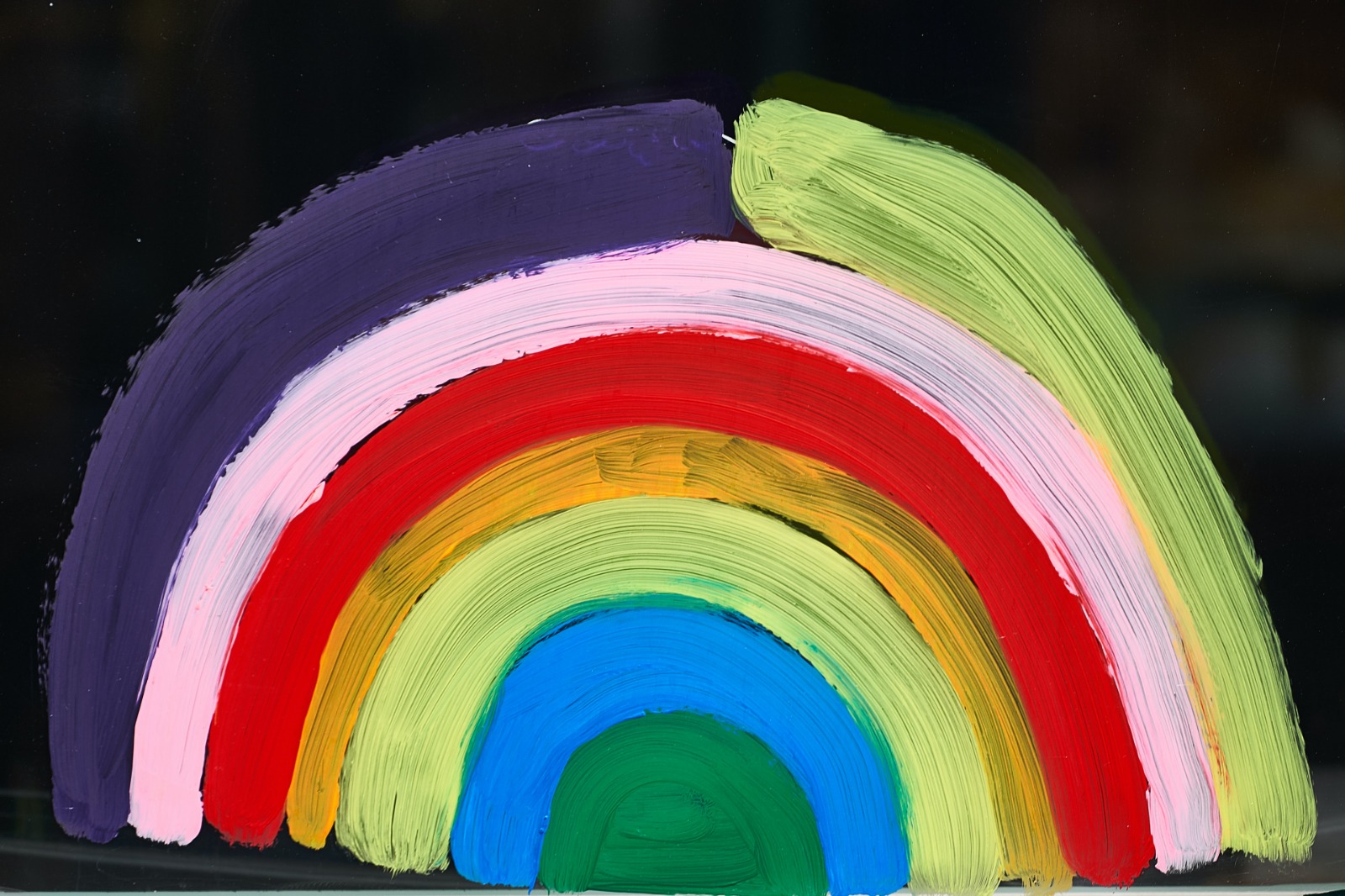
It’s all about the profits
Studies have found 20% of Gen Z adults identify as LGBTQ+, and according to Forbes, LGBTQ+ spending could be nearly $4 trillion. Besides, there is no doubt clothes with rainbows are more attractive than clothes without. So these clothes essentially translate into more profits for the brands. But do the profits from these rainbow clothes translate into any benefits to the queer community? Usually not.
More often than not, the projected allyship starts only on the store floor and ends at the point of sale. And often, it does not even reach that far. In May, Target stores across the US removed pride collections from their shelves after receiving right-wing threats. Yet another department store removed a queer artist’s collection from their shelves to accommodate the pride collection from a fast fashion brand. So much for allyship!

So what is the right thing to do…
You don’t have to buy from a pride collection to show your support for pride. In fact, buying from fast fashion to support a movement that aims to fight oppressive systems is ironic, to say the least!
You can, instead, support LGBTQ+ artists and designers. ‘It’s important to buy from and engage with brands who have been supporting the community, irrespective of the month,’ says Behl. ‘I believe brands that showcase their constant love for gender non-conforming clothing are brands that are truly inclusive, and worth investing in.’ Buy local, buy secondhand, rewear, upcycle. You can even do one better by hosting a gender-fluid clothing swap!
